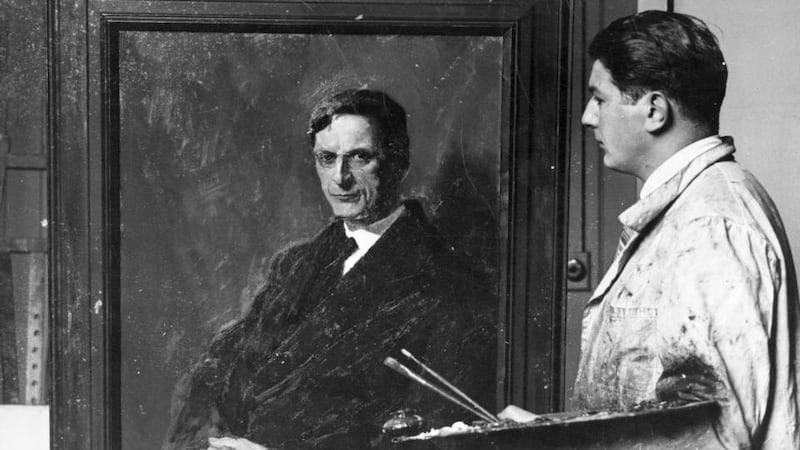Kate O'Brien's fourth novel, Pray for the Wanderer, is set in the year it was written, 1937, also the year in which Éamon de Valera's ascendancy was crowned by the adoption of his new Irish Constitution.
O’Brien might have been expected to take a positive view of de Valera’s Ireland. She was a scion of the prosperous Catholic middle class, born in Limerick and educated at Laurel Hill Convent and University College Dublin. As early as 1922 a mutual friend of herself and Dev, Harry Boland, recommended her for a job in the Irish foreign service. O’Brien’s brother-in-law Stephen O’Mara was also a friend and supporter of the Fianna Fáil leader.
Yet Pray for the Wanderer is an attack on the triumphant taoiseach and the country he leads. It says a great deal about independent Ireland's extraordinary capacity to alienate artists who might have been only too happy to find a place within it.

O'Brien had enjoyed some success in London as a playwright and with her first novel, Without My Cloak (1931). She had previously lived as a governess in Spain, a country to which she remained attached but from which she was barred, first by its civil war and later by a government ban. Ireland, especially the life of its Catholic middle class, remained her essential subject, however. It was therefore a shock to her when her novel Mary Lavelle was banned, in 1936. Pray for the Wanderer is a direct response to that attack.
Its main character, Matt Costello, is a former IRA man who has become a writer in London. Costello is essentially a version of O’Brien herself; his themes – “the problems of the Catholic conscience” – are hers.
Matt returns to “Mellick”, a thinly disguised Limerick, while the new Constitution is being debated. He muses on de Valera: “a more subtle dictator than most – though he also, given time, might have the minds of her people in chains. He did not bring materialism out for public adoration, but materialistic justice controlled by a dangerous moral philosophy, the new Calvinism of the Roman Catholic . . . a clever man, Dev.”
In this climate Costello has to defend his novels against those he encounters in well-educated Limerick Catholic society, especially the suave Fr Malachi. He speaks not just for O’Brien but for most serious Irish artists: “Any books, mine or Amanda Ros’s or Virgil’s, exist solely to demonstrate the artist’s desire and ability to write them. They are the fruit of the creative function, if you like, as other fruits of creation . . . I believe that it is useful at present to be an individual, to be non-doctrinaire. . . I speak only of myself when I say that my job is to re-create life, not as it is, good God, but as the peculiarities of my vision and desire assume it. I give you life translated to my idiom.”
Costello makes little headway, however. In the end he leaves Ireland again, addressing it, and indirectly de Valera, with a mixture of exasperation and resignation: “Oh green and trim Free State! Smug, obstinate and pertinacious little island, your sins and ignorances are thick upon your face and thickening under the authority of your ‘sea-green incorruptible’!”
You can read more about Kate O'Brien in the Royal Irish Academy's Dictionary of Irish Biography; ria.ie










